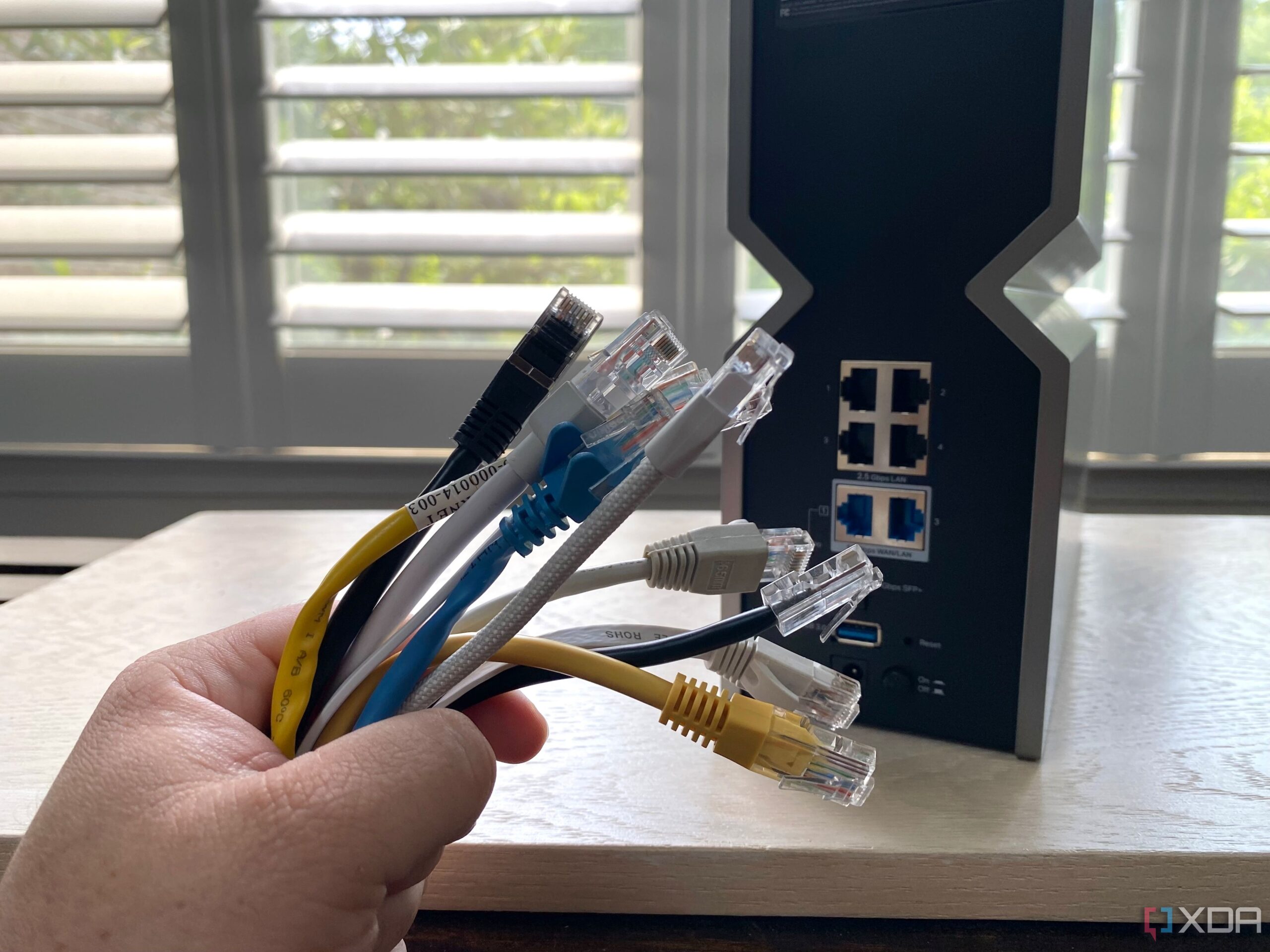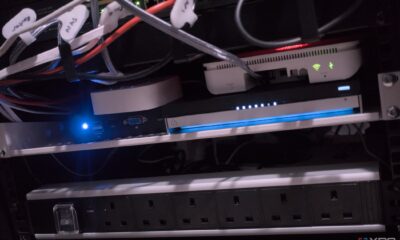Technology
Avoid These 6 Common Home Networking Tweaks That Backfire

Optimizing a home network often involves making adjustments to enhance performance and reliability. Common goals include achieving faster downloads, reducing latency for gaming, and ensuring stable connections for multiple devices. While many users, including tech enthusiasts, engage in various tweaks to their routers and modems, some adjustments can backfire, leading to frustrating connectivity issues.
Common Mistakes That Compromise Network Performance
One prevalent error is leaving the Wi-Fi channel settings on auto. Users typically expect their router to automatically select the best channel, which should minimize interference. Unfortunately, consumer-grade routers often scan channels too frequently, causing random disconnections and unstable connections. Additionally, the automatic channel selection may not account for the numerous Internet of Things (IoT) devices operating on the congested 2.4GHz frequency. This can lead to dropped connections for these devices. A more effective approach is to use Wi-Fi analyzer apps to manually select channels that minimize overlap with neighboring networks.
Another common mistake arises from double Network Address Translation (NAT) configurations. When users connect their own router to an Internet Service Provider’s (ISP) router using an Ethernet cable, they create a double NAT scenario. This can complicate connections for devices needing to communicate with external servers, affecting services such as gaming and VPNs. To resolve this, users may consider building their own router or purchasing a compatible modem, although it’s crucial to check with the ISP regarding compatibility before investing in new equipment.
Impact of Overloading and Misconfiguring Your Network
Overusing Virtual Local Area Networks (VLANs) can also hinder performance. While VLANs can effectively segment devices for better management, many consumer routers lack the necessary software to handle them properly. Incorrectly configured VLANs can disrupt services like file sharing and create issues with smart devices within a mesh network. Users may find themselves facing connectivity challenges, especially if they have high-traffic devices such as security cameras.
The proliferation of smart devices further complicates matters. Many IoT devices operate on the crowded 2.4GHz band, leading to IP conflicts and degraded network performance. Affordable routers generally support a limited number of simultaneous connections, typically around 50 devices. Exceeding this limit can result in sluggish browsing and file sharing, necessitating a comprehensive network strategy to accommodate multiple devices effectively.
Overzealous firewall settings can also create significant challenges. While users may implement strict rules to block specific applications or services, these can inadvertently restrict vital outbound ports needed for smart devices. Without proper logging enabled, diagnosing connectivity issues can become a frustrating endeavor, leaving users reliant on online forums for troubleshooting advice.
Lastly, enforcing DNS over HTTPS (DoH) may seem like a prudent choice for enhancing security, but it can lead to unexpected complications. Implementing DoH at the router level can prevent local DNS resolution queries from functioning, affecting various apps and devices that depend on local name resolution. If the third-party DoH service becomes unreachable or misconfigured, users may find themselves unable to access essential apps or services.
The challenges of managing a home network become increasingly apparent when users attempt to build more complex setups, such as home labs or multi-gigabit networks. While upgrading to more advanced networking gear can provide benefits, it is essential to approach this task with a clear understanding of potential pitfalls.
Maximizing home networking capabilities is a learning curve that, when navigated wisely, can yield significant rewards in terms of performance and reliability.
-

 Technology4 months ago
Technology4 months agoDiscover the Top 10 Calorie Counting Apps of 2025
-

 Health2 months ago
Health2 months agoBella Hadid Shares Health Update After Treatment for Lyme Disease
-

 Health3 months ago
Health3 months agoErin Bates Shares Recovery Update Following Sepsis Complications
-

 Technology3 weeks ago
Technology3 weeks agoDiscover 2025’s Top GPUs for Exceptional 4K Gaming Performance
-

 Technology2 months ago
Technology2 months agoElectric Moto Influencer Surronster Arrested in Tijuana
-

 Technology4 months ago
Technology4 months agoDiscover How to Reverse Image Search Using ChatGPT Effortlessly
-

 Technology4 months ago
Technology4 months agoMeta Initiates $60B AI Data Center Expansion, Starting in Ohio
-

 Technology4 months ago
Technology4 months agoRecovering a Suspended TikTok Account: A Step-by-Step Guide
-

 Health4 months ago
Health4 months agoTested: Rab Firewall Mountain Jacket Survives Harsh Conditions
-

 Lifestyle4 months ago
Lifestyle4 months agoBelton Family Reunites After Daughter Survives Hill Country Floods
-

 Technology3 months ago
Technology3 months agoUncovering the Top Five Most Challenging Motorcycles to Ride
-

 Technology4 weeks ago
Technology4 weeks agoDiscover the Best Wireless Earbuds for Every Lifestyle



















